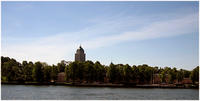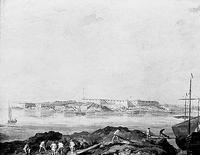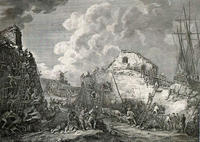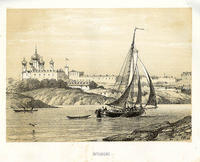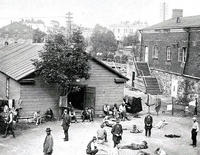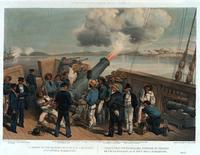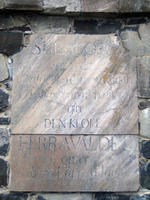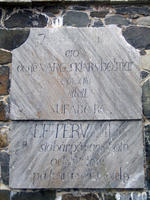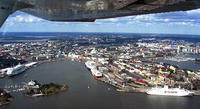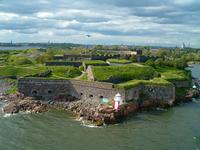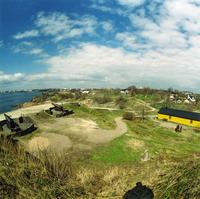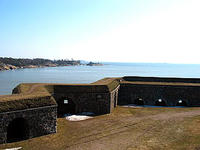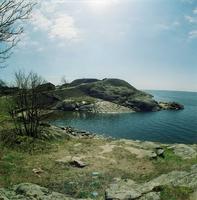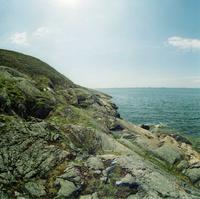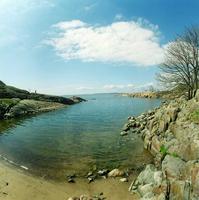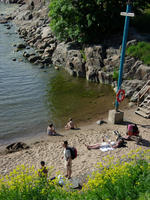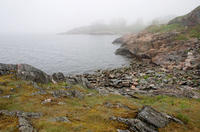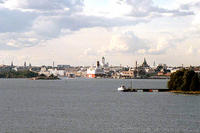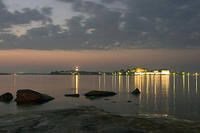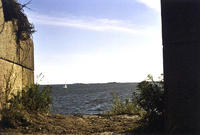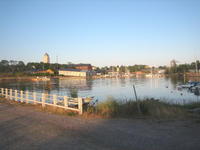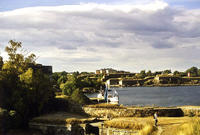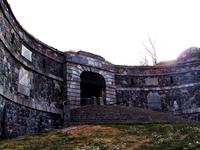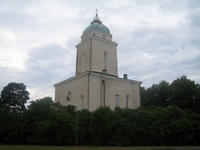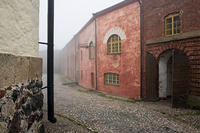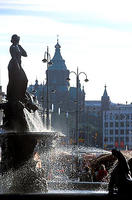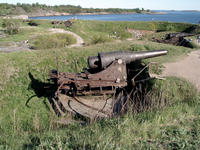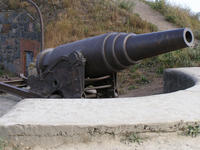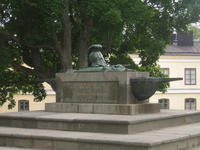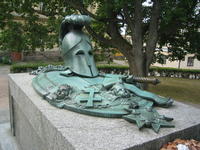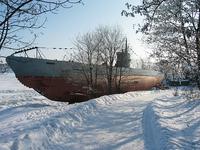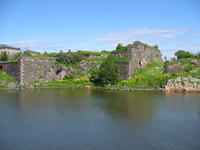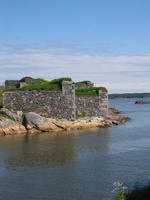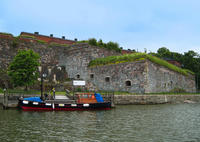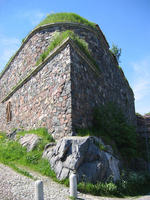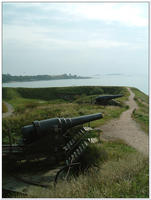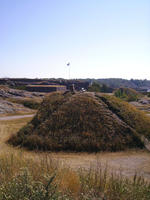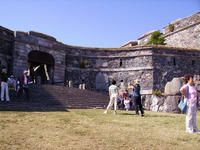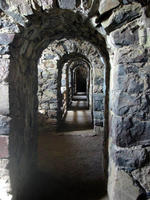You are in: Europe -> Finland -> Fortress of Suomenlinna, and traditional search or Image Gallery will yield results of this site only
Fortress of Suomenlinna
| Site number: | 583 |
|
| Type of site: | Cultural | |
| Date: | 18th Century | |
| Date of Inscription: | 1991 | |
| Location: | Europe, Finland, Region of Uusimaa, Province of Southern Finland, Helsinki Harbour | |
Up to 75 images are shown here. Click on each for more details or on Image Gallery for more images.
Six official UN languages:
Arabic,
Chinese,
English,
French,
Russian,
Spanish
Other languages: Czech, Danish, Dutch, Esperanto, Estonian, Finnish, German, Hungarian, Italian, Japanese, Lithuanian, Norwegian-bokmål, Norwegian-nynorsk, Portuguese, Swedish
Other languages: Czech, Danish, Dutch, Esperanto, Estonian, Finnish, German, Hungarian, Italian, Japanese, Lithuanian, Norwegian-bokmål, Norwegian-nynorsk, Portuguese, Swedish
| Description: | This fortress was built by Sweden in the late 18th century on a group of islands found at the entrance of Helsinki's harbour. The site exemplifies European military architecture of the time. --WHMNet paraphrase from the description at WHC Site, where additional information is available. | |
| Suomenlinna or Viapori (Finnish), or Sveaborg (Swedish), is an inhabited sea fortress built on six islands, today within Helsinki, the capital of Finland. It is a UNESCO World Heritage site and popular with both tourists and locals, who enjoy it as a picturesque picnic site. Originally named Sveaborg (Fortress of Svea), or Viapori as called by Finns, it was renamed Suomenlinna (Castle of Finland) in 1918 for patriotic and nationalist reasons, though it is still also known by its original name. It is an example of the Star Fort style of fortification. Sweden started building the fortress in 1748 as a protection against Russian expansionism. The general responsibility for the fortification work was given to Augustin Ehrensvärd. The original plan of the bastion fortress was strongly influenced by the precepts of Vauban, the foremost military engineer of the time. In addition to the island fortress itself, seafacing fortifications on the mainland would ensure that an enemy would not acquire a beach-head from which to stage attacks. The plan was also to stock munitions for the whole Finnish contingent of the Swedish Army and Royal Swedish Navy there. In the Finnish War the fortress surrendered to Russia on May 3rd 1808, paving the way for the occupation of Finland by Russian forces in 1809. The long period of peace following the transfer of power was shattered by the Crimean War of 1854–56. The allies decided to engage Russia on two fronts and sent an Anglo-French fleet to the Baltic Sea. For two summers the fleet shelled the towns and fortifications along the Finnish coast. Bombardment of Suomenlinna (then known as Sveaborg or Viapori) lasted 47 hours and the fortress was badly damaged. After the Crimean War extensive restoration work was begun at Suomenlinna. A new ring of earthworks with artillery emplacements was built at the western and southern edges of the islands. The next stage in the arming of Suomenlinna and the Gulf of Finland came in the build-up to the World War I. The fortress and its surrounding islands became part of "Peter the Great's naval fortification" designed to safeguard the capital, St. Petersburg. --Wikipedia. Text is available under the Creative Commons Attribution-ShareAlike License. | ||
| Source: | http://whc.unesco.org/en/list/583 | |
| Reference: | 1. UNESCO World Heritage Center, Site Page. | |


